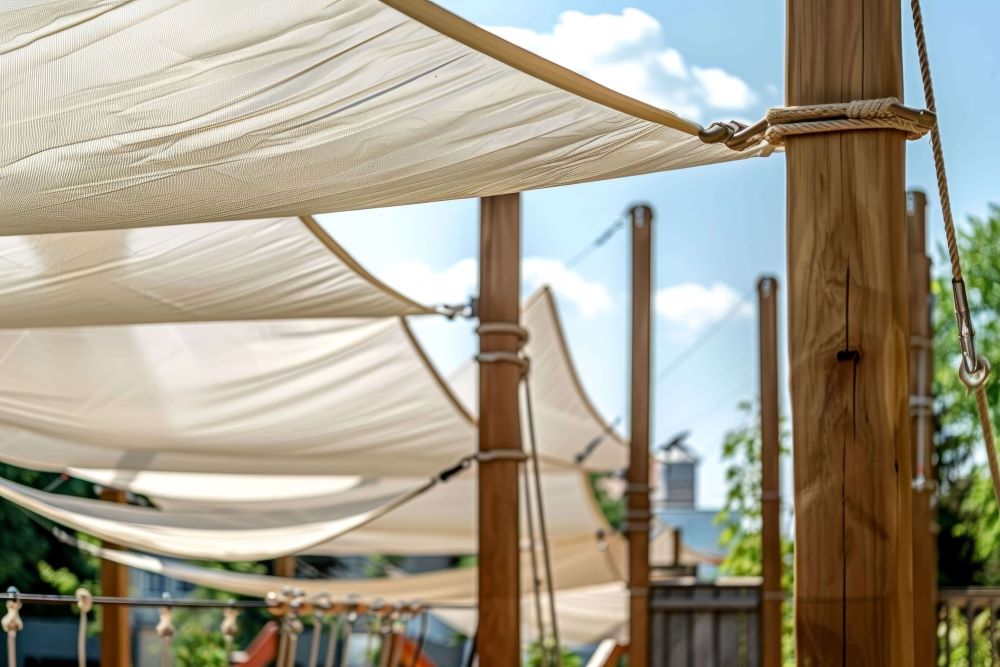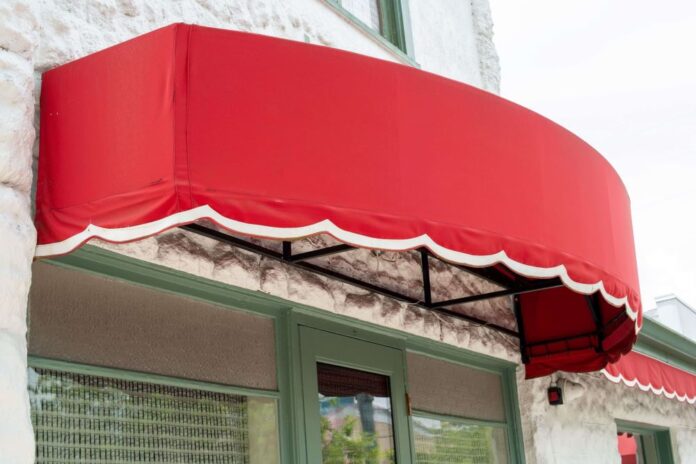Adaptability and innovation are key to staying ahead of the curve. While many companies focus on internal processes and technology, a growing number are also turning to flexible structures as a means of enhancing their operations. These versatile structures are revolutionizing how businesses approach everything from manufacturing and warehousing to retail and events.
Flexible structures offer a dynamic alternative to traditional brick-and-mortar buildings. Their adaptable nature, cost-effectiveness, and unique aesthetic appeal are just a few reasons why businesses across various industries are embracing this trend. Let’s look at how these structures are reshaping businesses.
Cost-Effective Solutions
One of the most attractive aspects of flexible structures is their affordability. Compared to conventional buildings, these structures typically have significantly lower upfront construction costs. This is due to lightweight materials, simplified construction processes, and the ability to avoid many expenses associated with traditional foundations and infrastructure.
Additionally, flexible structures tend to have lower long-term maintenance costs. Their modular designs and durable materials often translate to reduced repair and upkeep expenses, freeing up valuable resources for other business needs. Some regions even offer tax benefits or incentives for utilizing these structures, further enhancing their cost-effectiveness.
For businesses looking to optimize their budgets without sacrificing functionality, flexible structures present a compelling solution. However, it’s also important to look at the material’s quality to save on long-term costs. For instance, if you want fabric covered buildings in your business location, ensure that you check on the design and engineering, and the tensile strength of the materials used. A well-designed material will guarantee longevity and durability.
Adaptability and Scalability
The adaptive nature of flexible structures lends itself to adaptability. They can be easily modified, expanded, or relocated to accommodate changing business requirements. This versatility is especially valuable for businesses experiencing rapid growth or those operating in dynamic markets.
Unlike traditional buildings, which often require extensive renovations for even minor changes, flexible structures can be reconfigured with minimal disruption. This means businesses can quickly adjust their layouts, add or remove space, or even move the entire structure to a new location if needed.
This scalability factor is particularly appealing to businesses with fluctuating demands or those looking to test new markets. The ability to scale operations up or down as needed provides a level of agility that is difficult to achieve with conventional construction.
Operational Efficiency and Flexibility

Flexible structures streamline operations by offering rapid deployment and setup. In contrast to the lengthy construction timelines associated with traditional buildings, these structures can often be erected in a matter of days or weeks. This speed allows businesses to quickly establish new facilities, respond to emergencies, or capitalize on time-sensitive opportunities.
Furthermore, these structures can be optimized for specific processes, whether it’s maximizing storage capacity in a warehouse, creating efficient production lines in a manufacturing facility, or designing inviting retail spaces. Their flexible plans and customizable layouts offer a blank canvas for businesses to tailor the space to their unique needs.
In many cases, flexible structures also provide the added benefit of natural light and ventilation, reducing the reliance on artificial lighting and climate control systems. This not only contributes to a more pleasant working environment but can also lead to significant energy savings.
Marketing and Branding Opportunities
Beyond their functional benefits, flexible structures also offer unique marketing and branding opportunities. Their distinctive appearance and innovative designs can attract attention and create memorable experiences for customers, employees, and partners.
Businesses can leverage these structures to host eye-catching events, create pop-up shops, or design unique retail spaces that stand out from the competition. The customizable nature of these structures allows for creative branding and advertising initiatives that can significantly enhance a company’s visibility and brand image.
In a world where consumers are constantly bombarded with marketing messages, flexible structures offer a way to cut through the noise and create a lasting impression. By integrating these structures into their marketing strategies, businesses can leave a mark on their target audiences and foster stronger brand loyalty.
Sustainability and Environmental Benefits
In an era of growing environmental awareness, flexible structures align with the increasing demand for sustainable solutions. Many of these structures are made with recyclable or reusable materials, minimizing their environmental impact throughout their lifecycle.
Additionally, the reduced construction and transportation needs associated with flexible structures contribute to a lower carbon footprint compared to traditional buildings. Some companies even integrate renewable energy sources like solar panels into these structures, further enhancing their sustainability credentials.
For businesses committed to environmental responsibility, flexible structures provide an opportunity to demonstrate their dedication to sustainability. By incorporating these structures into their operations, companies can make a positive impact on the planet while reaping the operational and financial benefits they offer.
Conclusion
The rise of flexible structures marks a significant shift in how businesses approach their physical spaces. These adaptable, cost-effective, and innovative solutions are empowering companies to operate more efficiently, reduce costs, and explore new opportunities.
As the business landscape continues to evolve, the future of flexible structures looks brighter than ever, offering a pathway to increased agility, resilience, and success.
